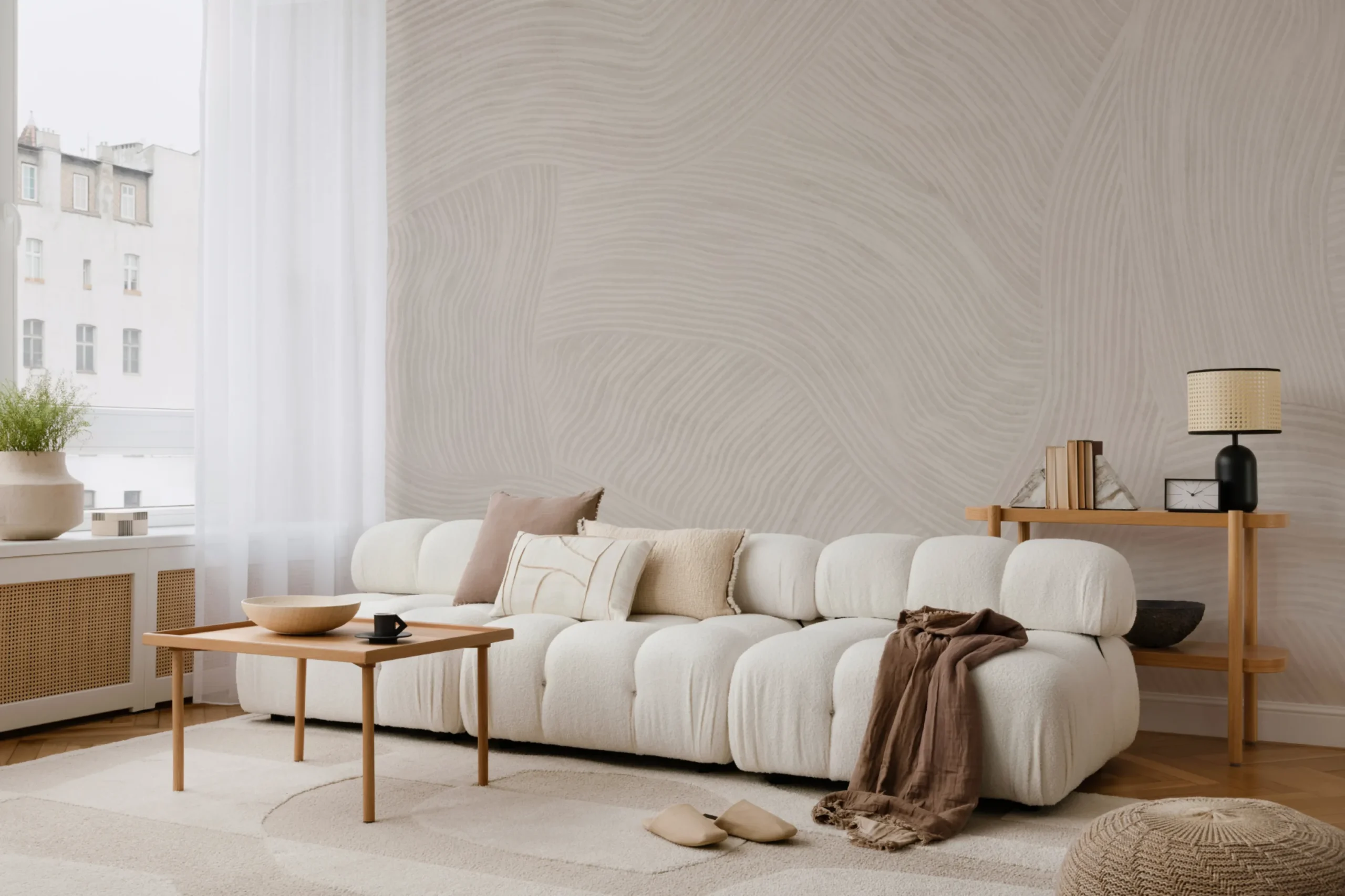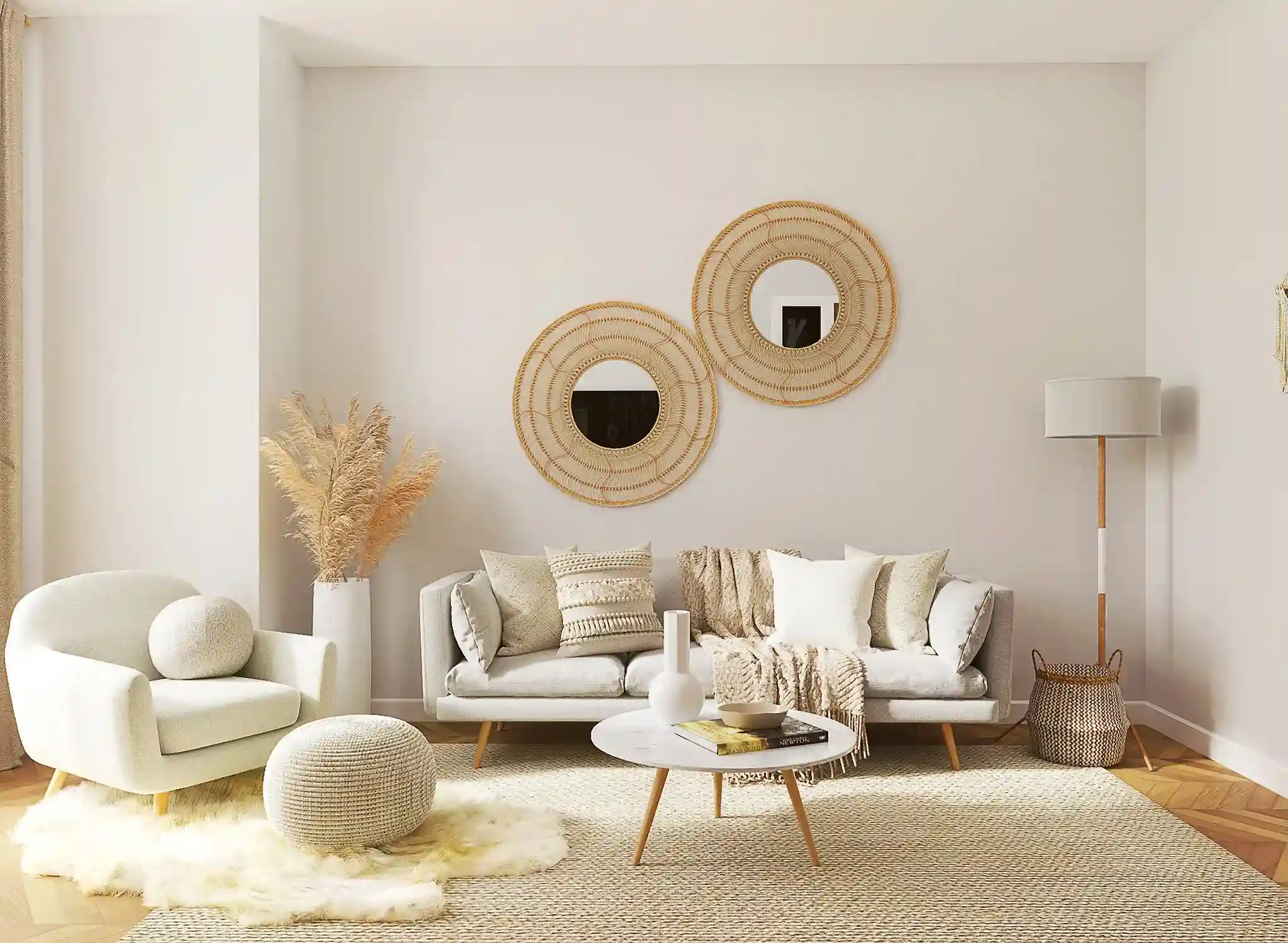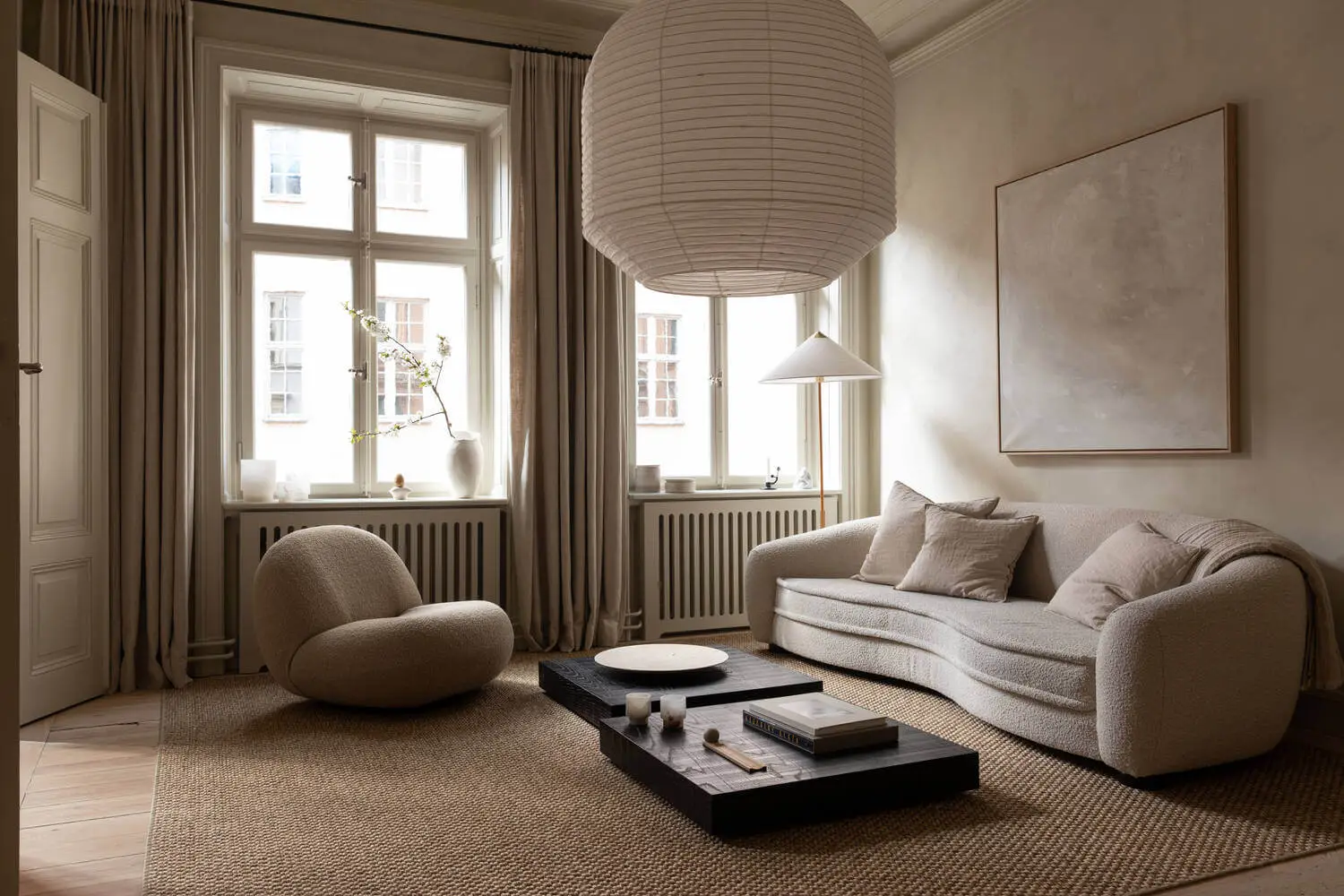🌿 Japandi Style: Where Zen Meets Hygge in the Coziest Marriage Ever 🌟
Hey there, design lovers! 👋
Have you ever wondered what happens when the serene minimalism of Japan collides with the cozy functionality of Scandinavia? Spoiler alert: It’s pure magic. ✨ Let’s dive into the world of Japandi style—a trend that’s taking interior design by storm, blending the best of both worlds into something timeless, functional, and oh-so-calming.
🌏 The Origins: Two Cultures, One Philosophy
Picture this: You’re sipping matcha in a Kyoto tea house 🍵, sunlight filtering through rice paper screens. Now, fast-forward to a snowy evening in Copenhagen, curled up under a chunky knit blanket with a candle flickering 🕯️. At first glance, these scenes seem worlds apart. But dig deeper, and you’ll find a shared heartbeat—simplicity, nature, and mindful living.
-
Japanese Minimalism: Rooted in wabi-sabi (the beauty of imperfection) and ma (negative space), Japanese design celebrates austerity and harmony. Think clean lines, natural materials like bamboo and wood, and a focus on purpose over excess.
-
Scandinavian Function: Nordic design champions hygge (coziness) and practicality. Light-filled spaces, muted palettes, and furniture that’s as comfy as it is chic define this style.

When these two philosophies shake hands, you get Japandi—a design language that’s both soul-soothing and deeply functional.
🎨 The Japandi Aesthetic: A Match Made in Design Heaven
Let’s break down the key ingredients of Japandi style with a handy comparison table:
| Element | Japanese Influence | Scandinavian Influence | Japandi Fusion |
|---|---|---|---|
| Color Palette | Earthy tones, black, white | Soft neutrals, pastels | Warm neutrals + muted accents (think sage 🌿 or terracotta 🧱) |
| Materials | Bamboo, rattan, stone | Light wood, wool, linen | Mixed textures: oak + washi paper, linen + ceramics |
| Functionality | Multi-purpose furniture (e.g., tatami) | Ergonomic, space-saving designs | Streamlined pieces with hidden storage 🗄️ |
| Mood | Zen-like calm | Cozy, inviting | Balanced serenity and warmth 🧘♂️🔥 |
(Source: Elle Decor’s Guide to Japandi)
✨ Why Japandi Works: Psychology Meets Practicality
I’ll admit—I was skeptical at first. Could two design styles from opposite corners of the globe really merge seamlessly? Then I visited a Japandi-inspired café in Berlin last summer ☕. The space had low wooden tables (very Japanese) paired with plush, neutral-toned cushions (very Scandinavian). The effect? Instantly calming, yet inviting enough to make me want to stay for a second latte.
Here’s why Japandi resonates so deeply in our chaotic modern lives:
-
It’s a rebellion against clutter. In a world of 24/7 consumerism, Japandi whispers: “Less, but better.”
-
It embraces nature. Both cultures revere natural materials, which studies show reduce stress and boost creativity.
-
It’s timeless. Unlike fleeting trends (cough neon signs cough), Japandi’s neutral base lets you refresh with small accents—a vase here, a throw pillow there.
🏡 How to Nail the Japandi Vibe in Your Home
Ready to transform your space? Here’s a step-by-step example:

Step 1: Declutter like a Zen master
Channel Marie Kondo 🧹. Keep only what sparks joy and serves a purpose.
Step 2: Choose a “quiet” color scheme
Paint walls in warm whites or soft greys. Add depth with a charcoal accent wall or a pale green rug.
Step 3: Mix materials mindfully
Pair a sleek Scandinavian sofa with a handcrafted Japanese tansu chest. Top it with a Danish ceramic lamp.
Step 4: Let there be (soft) light
Use paper lanterns 🏮 and Nordic pendant lights to create a layered, soothing glow.
Step 5: Add life with plants
A single bonsai 🎍 or a minimalist monstera in a terracotta pot brings the outdoors in.
💭 My Personal Japandi Journey (And Yours!)
When I moved into my tiny apartment last year, I felt overwhelmed by the lack of space. Then I discovered Japandi. I swapped my bulky sofa for a low-profile platform bed with hidden storage (thanks, IKEA! 🛋️), added a shoji-style room divider, and voilà—my home became a sanctuary.

The best part? Japandi isn’t about perfection. It’s about creating a space that feels authentically yours—calm, functional, and filled with intention.
🌱 The Future of Japandi: More Than a Trend
As sustainability becomes a priority, Japandi’s focus on quality over quantity aligns perfectly with eco-conscious living. Brands like Hem and Muji are already merging these philosophies, offering pieces that are both beautiful and built to last.
So, whether you’re a minimalist at heart or a hygge enthusiast, Japandi invites you to slow down, breathe deeply, and create a home that’s truly alive.
What do you think? Could your space use a little Japandi magic? Share your thoughts below—and let’s geek out over design together! 🛋️💬
P.S. For more inspo, check out my favorite Japandi Instagram accounts @japandi.living and @scandinavianhomes.
🌿✨ Happy decorating! ✨🌿
